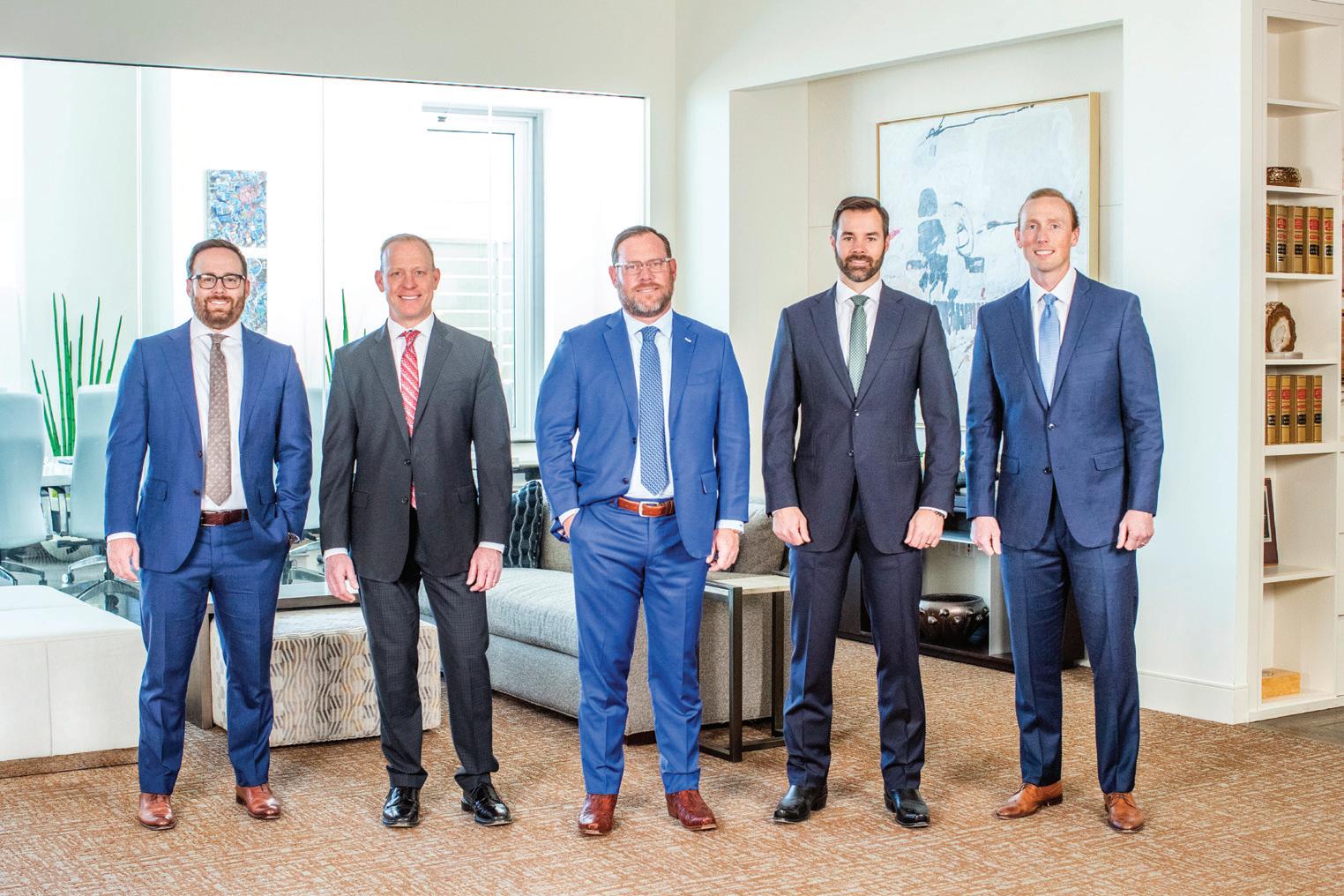
8 minute read
in the Matter of B
Are New Art Forms Free for the Taking?
By Ben Allison and Breanna Contreras
Immersive art experiences have taken the art world by storm in recent years, attracting millions of non-museum-goers to exhibits like SuperBlue, OmegaMart and Seismique. But, as immersive art becomes successful and proliferates, questions of protecting it against copying arise. Technology-driven, participant-influenced, mixed-reality experiences can stretch traditional concepts of what copyright protects. One recent immersive art experience, the Museum of Dream Space (“MODS”) in Los Angeles, owned by a Chinese company, openly admits it was inspired by exhibits by Japanese art collective teamLab. Unsurprisingly, teamLab calls this infringement.
teamLab’s original exhibit Boundaries, which opened at Pace Gallery in London in 20171, is on the left. MODS’ Season Dream exhibit, which opened the following year in LA, is on the right:
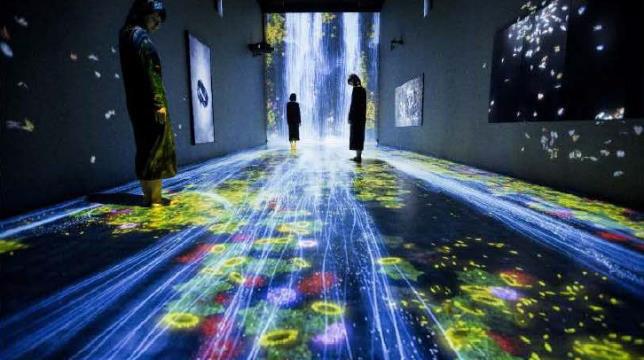
Boundaries, by teamLab Season Dream, by MOD
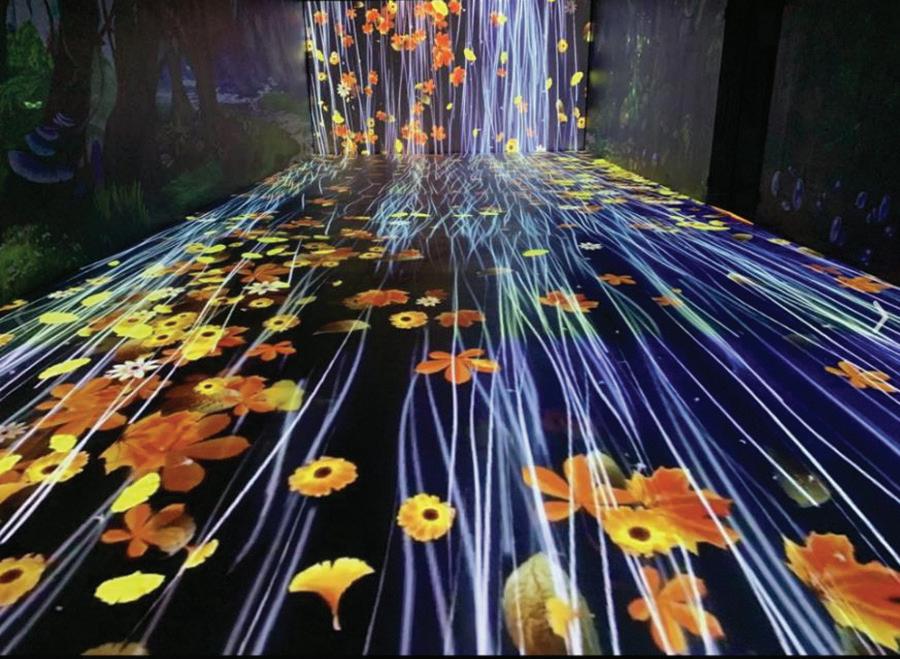
Both works involve a waterfall of light particles with multicolored flowers behind the waterfall on the walls and floors. In both cases, the water and flowers interact and respond based on a participant’s presence and movements. In Boundaries, when a person stands on the “water,” the person becomes an obstacle for the water, as though a rock were blocking its flow, and the flowers underneath begin to bloom.
MODS did not stop there. It exhibited a second work, Galaxy Dream, inspired by teamLab’s original work Crystal from years earlier:
teamLab describes its work as “an accumulation of light points to create a sculptural body, similar to the way distinct dots of color form an image in a pointillist painting.” teamLab chose its specific orientation of lights within the room, primarily purple and blue colors, specific blinking patterns for the lights, and mirrors and reflective floor and ceiling surfaces to convey an illusion of infinite
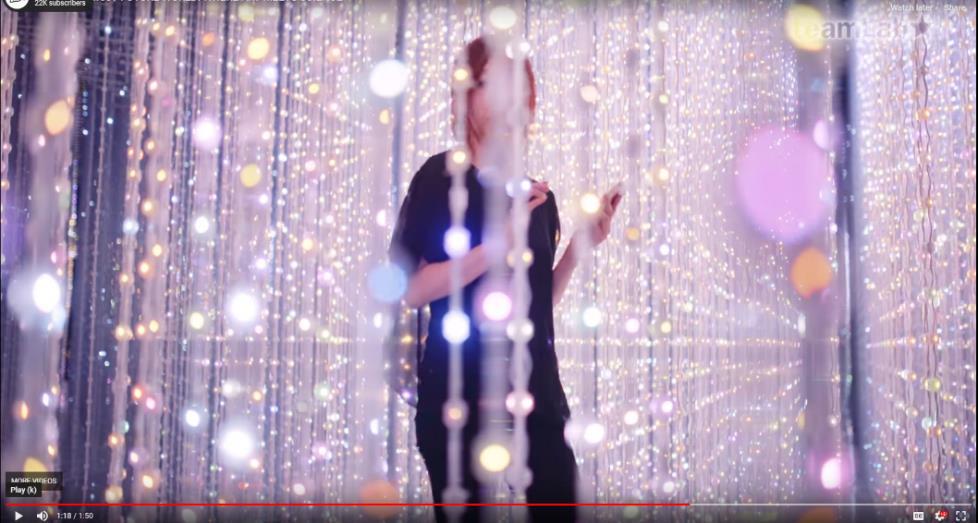
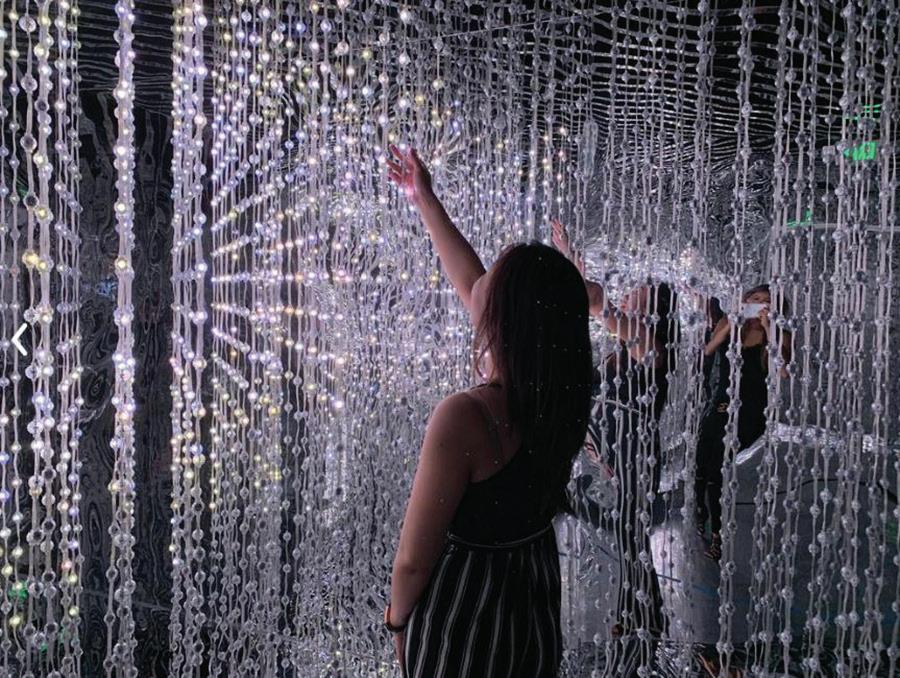
Crystal, by teamLab Galaxy Dream, by MOD
lights. teamLab created a computer algorithm to control the display of the LED lights as well as a smartphone app that can be used by viewers to create further changes to the light display.
MODS’ Galaxy Dream copied the arrangement of lights used by teamLab, used similar purple and blue colors, similar blinking patterns, and mirrors and reflective floor and ceiling surfaces as in Crystal.
MODS admitted it was inspired by teamLab. In response to a social media comment, MODS wrote: “Hi there, we were really inspired by TeamLab exhibit and a lot our installations look similar. We also used it before to show how pretty their museum is and that we would love to bring this experience to USA.” MODS went further and actually copied images of teamLab’s exhibit to promote MODS’ own exhibit:
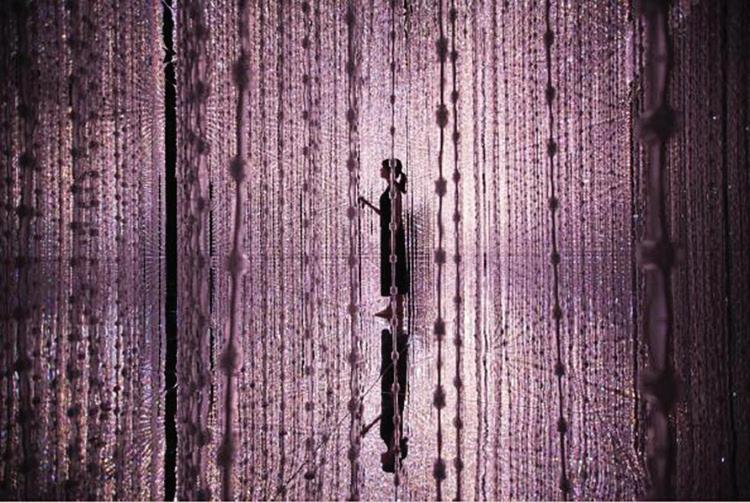
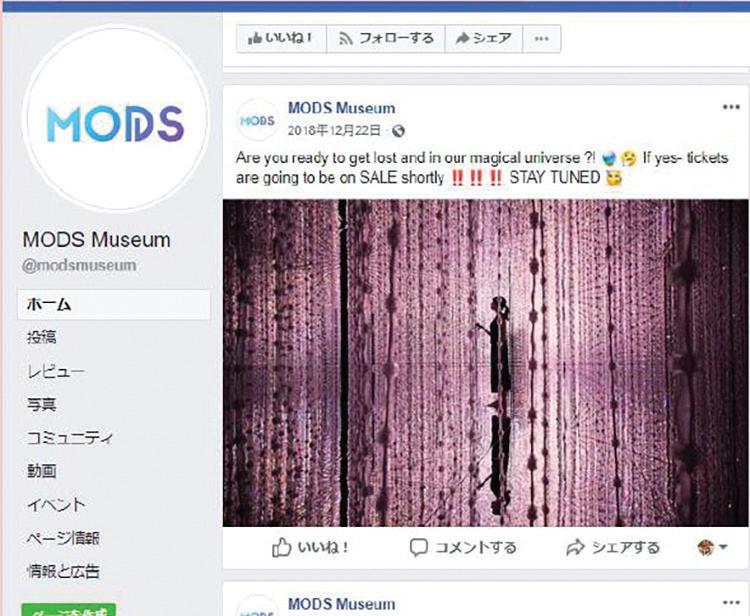
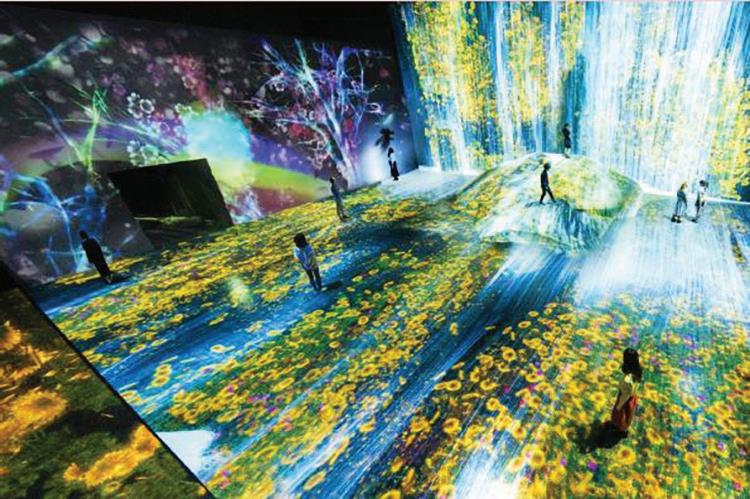
teamLab’s exhibition MODS’ advertisement
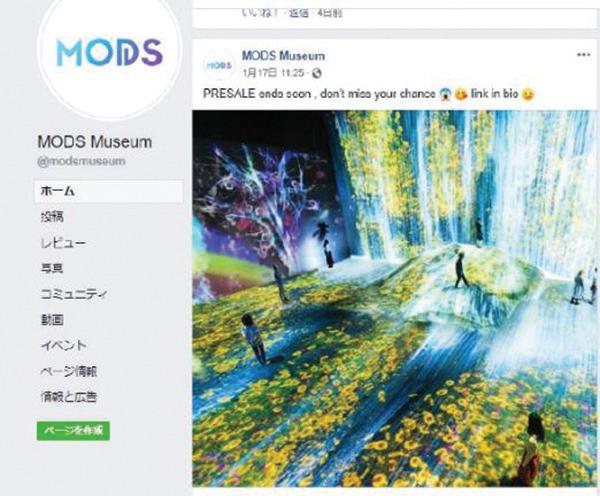
MODS also copied text verbatim from teamLab’s website to promote Galaxy Dream. teamLab’s website:
Later, MODS’ website published the following copy:


Brave New World: NFTs, Cryptocurrency and More
By Svitlana Anderson, Gina Constant and Christian Pezalla
As the world goes virtual, so too must the craze of the day. Having survived the Pog and Beanie Baby pandemics, it is hard not to see history repeating itself with non-fungible tokens, better known now as NFTs. These digital creations have spread quickly throughout not only the digital world but the real-world economy as well, collecting hard currency along the way. What are NFTs and what is their purpose, if any?
A non-fungible token is a non-interchangeable unit of data (token) stored on a blockchain, a form of digital ledger, that can be sold and traded because of its unique characteristics. Because all NFTs are one of a kind, their ownership is easily identified, incontestable and guaranteed by blockchain technology. NFTs can be digital (pictures, GIFs, songs, videos) and tangible (deeds, tickets, legal documents and many more). If you create an NFT (sometimes referred to as “minting”), your status as the creator and owner is verified. You even can earn royalties with every subsequent transfer through Smart Contracts.
The presence of the NFT certifies that the web object, such as digital art, is unique and therefore not fungible, which means not interchangeable with some other digital file. Other people can view a copy of the work, but only the work with the NFT is the original. Therefore, the original work of digital art is non-fungible and has value because of that exclusivity.
For comparison, the Mona Lisa is one of the most valuable paintings in the world. Its provenance (the history that proves its authenticity) can be traced back to Leonardo da Vinci’s creation of it, and thus there is little doubt that the painting hanging in the Louvre is the one that da Vinci himself painted. Today, a very talented painter could create a copy of the Mona Lisa that would look exactly like the original (to a non-trained eye, anyway). But, that copy would be worth almost nothing compared to what the original is worth. That’s because no one would believe the copy was the original – we all know the original is in the Louvre. The provenance of the painting hanging in the Louvre makes that painting non-fungible, i.e., it is not interchangeable with any copy created today.
Similarly, an NFT makes a digital piece of art worth far more than any copies. It is like a certificate of authenticity and ownership that increases the value of the work. In some cases, the value of the NFT is the NFT itself, such as the NBA’s “Top Shot moments” series of NFTs, which are similar to collectable sports player cards. In other cases, the NFT itself functions merely as a certificate of authenticity and ownership for something in the real world, such as a painting, automobile, aircraft or even a house.
Some companies are using NFTs to commodify assets, build their brands and combat counterfeits already. Nike, for instance, is using its CryptoKicks to ensure authenticity of genuine pair of shoes by assigning a cryptographic token to signify the shoe’s ownership and to create additional brand value.
However, the most lucrative cryptocurrencies use an energy-intensive process called proof-of-work to validate transactions. That requires significant computing power, and therefore large amounts of electricity. In response, the private sector-led initiative, the Crypto Climate Accord, was continued on page 7
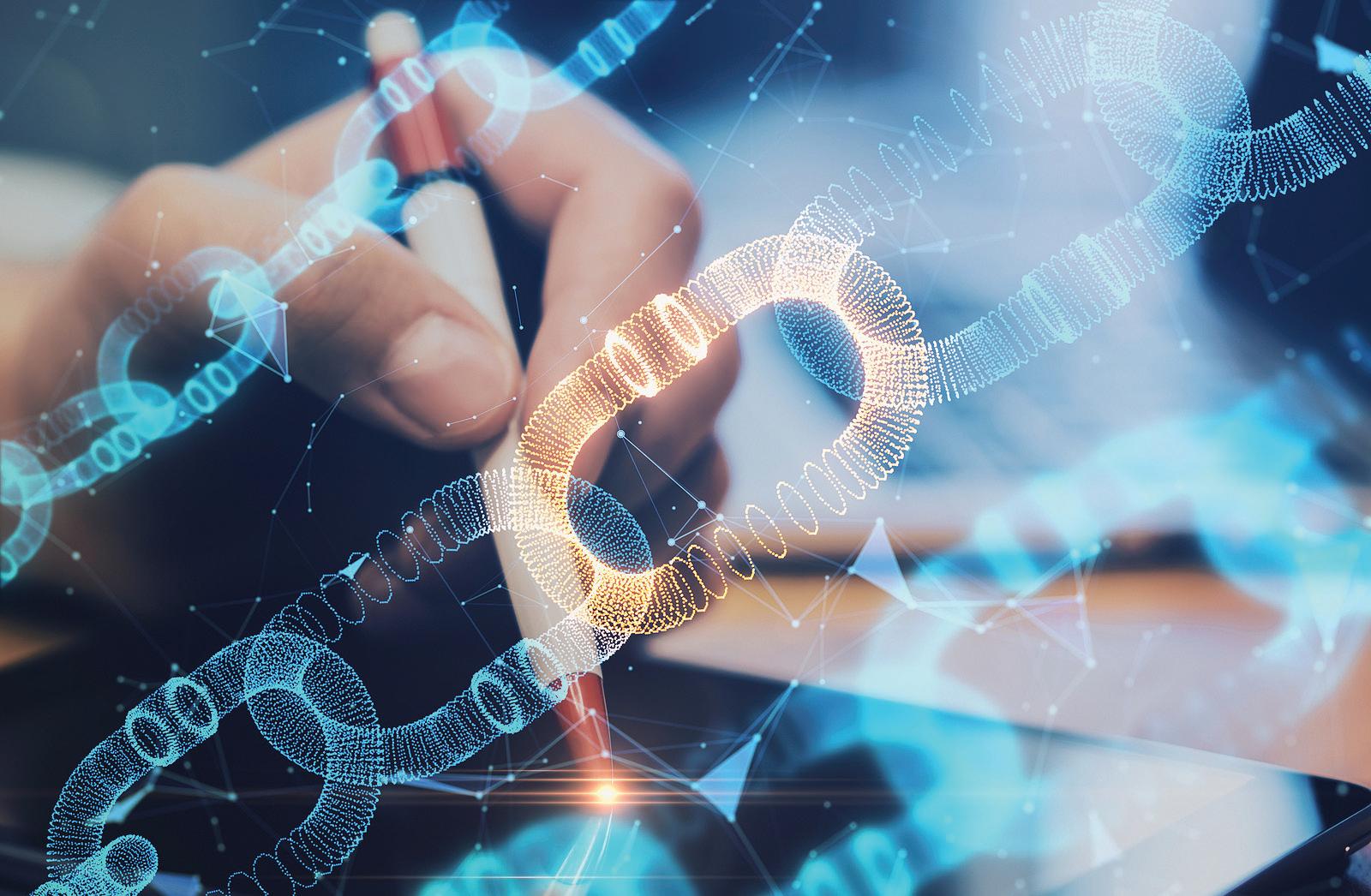
Does An Employer Own the Intellectual Property Created for Them by an Employee or Independent Contractor?
By Gina Constant
The term “intellectual property” refers to intangible property of the mind as opposed to property we can touch and feel, like cars and real estate. Employees and independent contractors may create intellectual property for others as part of their employment or contract terms (whether express or implied). Who owns that intellectual property? The law is fairly clear as to ownership of copyrightable works, trademarks, patents and trade secrets. But, there are other forms of intellectual property that are not covered by statutes and case law that are more difficult to protect.
Copyrights

If you are an employee and you create copyrightable works within the scope of your employment and on your employer’s dime, then the employer owns the copyrights under the Work for Hire doctrine. The employer is considered the author of that work. If you are an independent contractor creating the copyrightable work, then you are the author and owner unless there is a written agreement stating otherwise, i.e., a contract expressly stating that the employer owns the copyrights in your work.
Patents
Inventions are subject to the Hired to Invent doctrine, which means if an employer hires an employee to invent something and the employee does so, then the employee must assign any resulting patent rights to the employer. Independent contractors own their patents unless there is an agreement otherwise. The agreement doesn’t have to be in writing but, of course, you must prove it exists if you want to enforce it. In other words, the agreement to assign the patent to the employer can be a verbal agreement, not a written one. But, that often leads to a he-said-she-said situation: one side saying there was a verbal agreement and the other side saying there wasn’t. So, if one party to a verbal contract wants to enforce their rights, they need to prove the verbal agreement existed, perhaps by supporting emails, voicemails or witnesses.
Trade Secrets
Trade secrets created, or simply known, by employees or independent contractors (it doesn’t matter which) belong to the employer provided that the employer (1) takes reasonable steps to maintain their secrecy and (2) there is economic value to keeping them secret. These are things the employer’s competitors would love to know but because they are kept secret the employer has an advantage in the marketplace. Trade secret misappropriation is where an employee or independent contractor knowingly takes the company’s trade secrets and then competes with the company, whether on their own or by working for or with a competitor of the company. However, a former employee may use the general knowledge, skills and experience acquired during their prior employment to compete with a former employer. So, the center of a trade secret misappropriation dispute often revolves around whether the information taken was a “trade secret” or simply the ex-employee’s acquired “general




